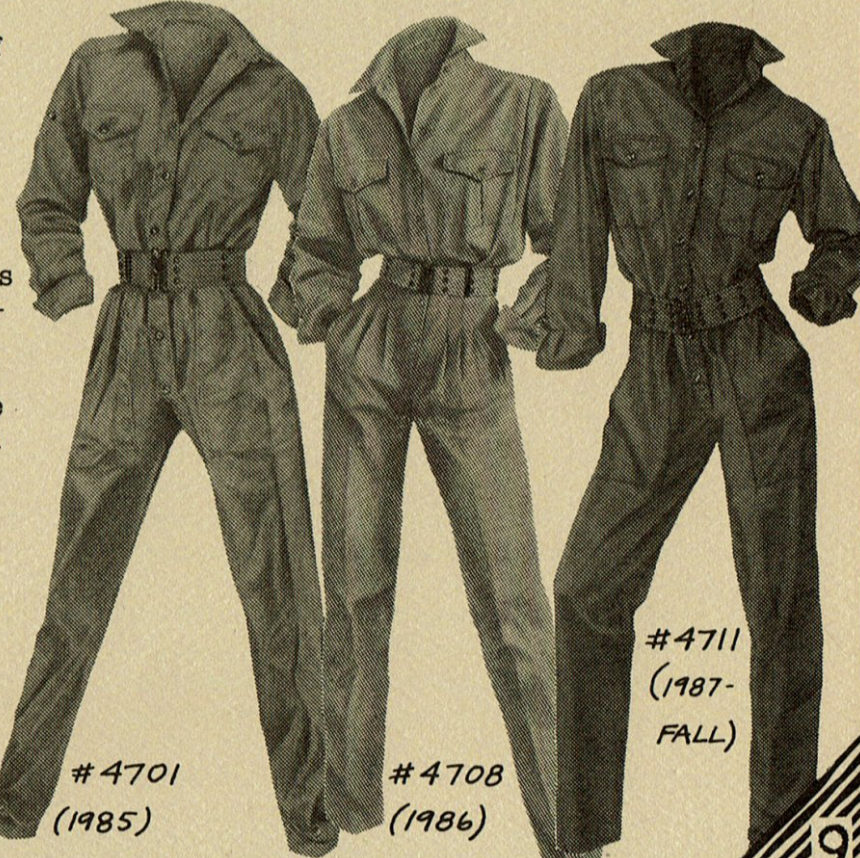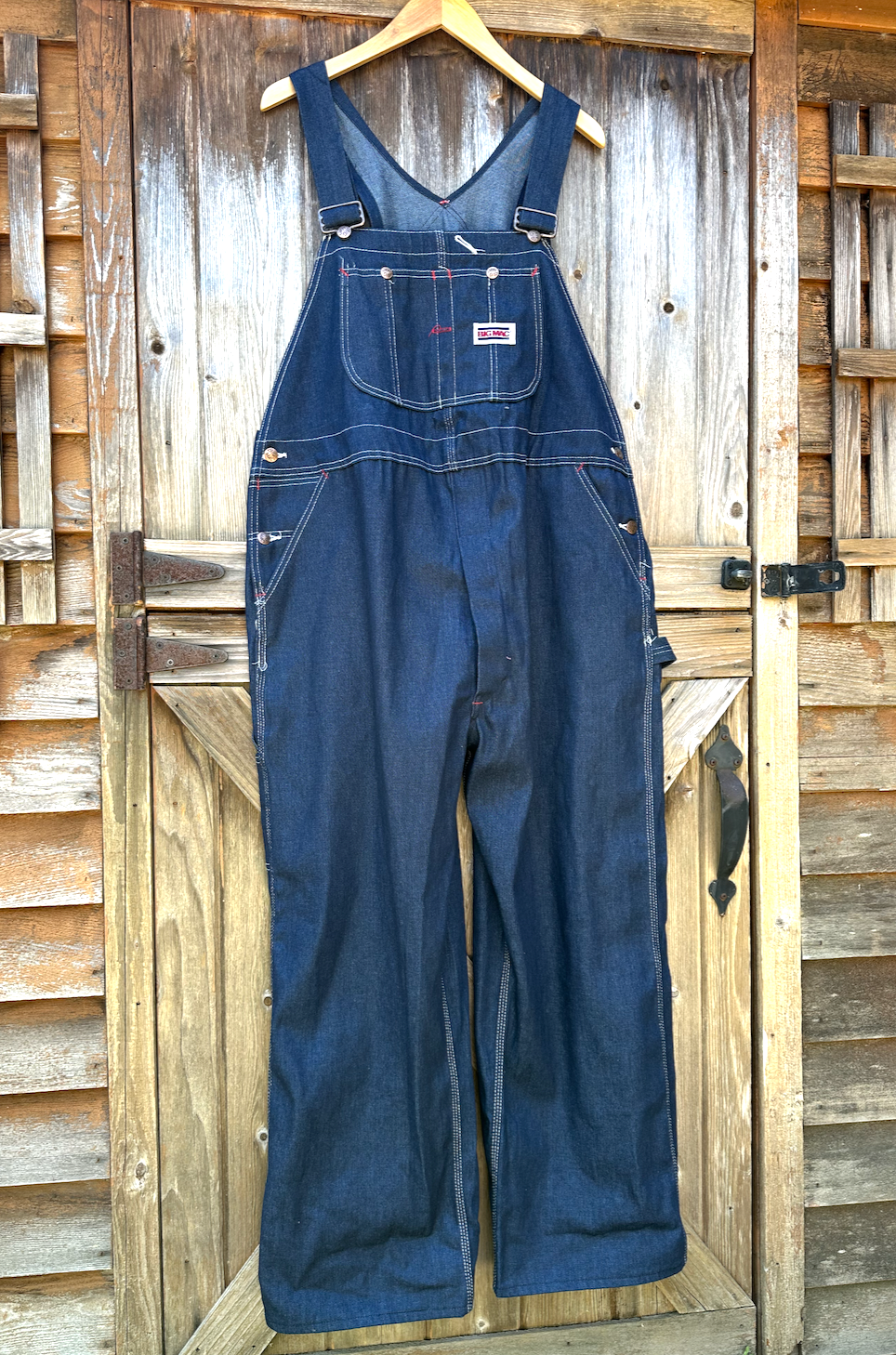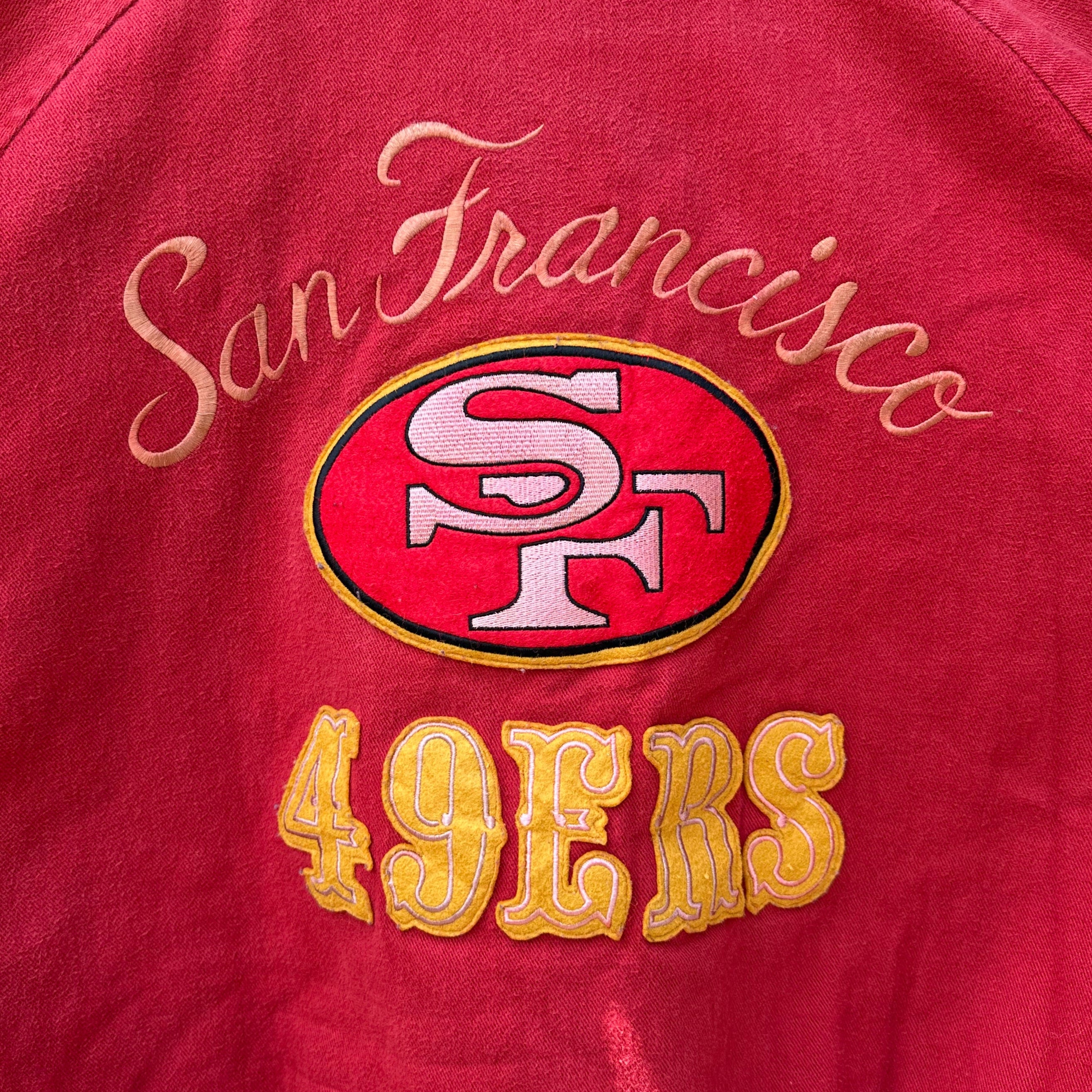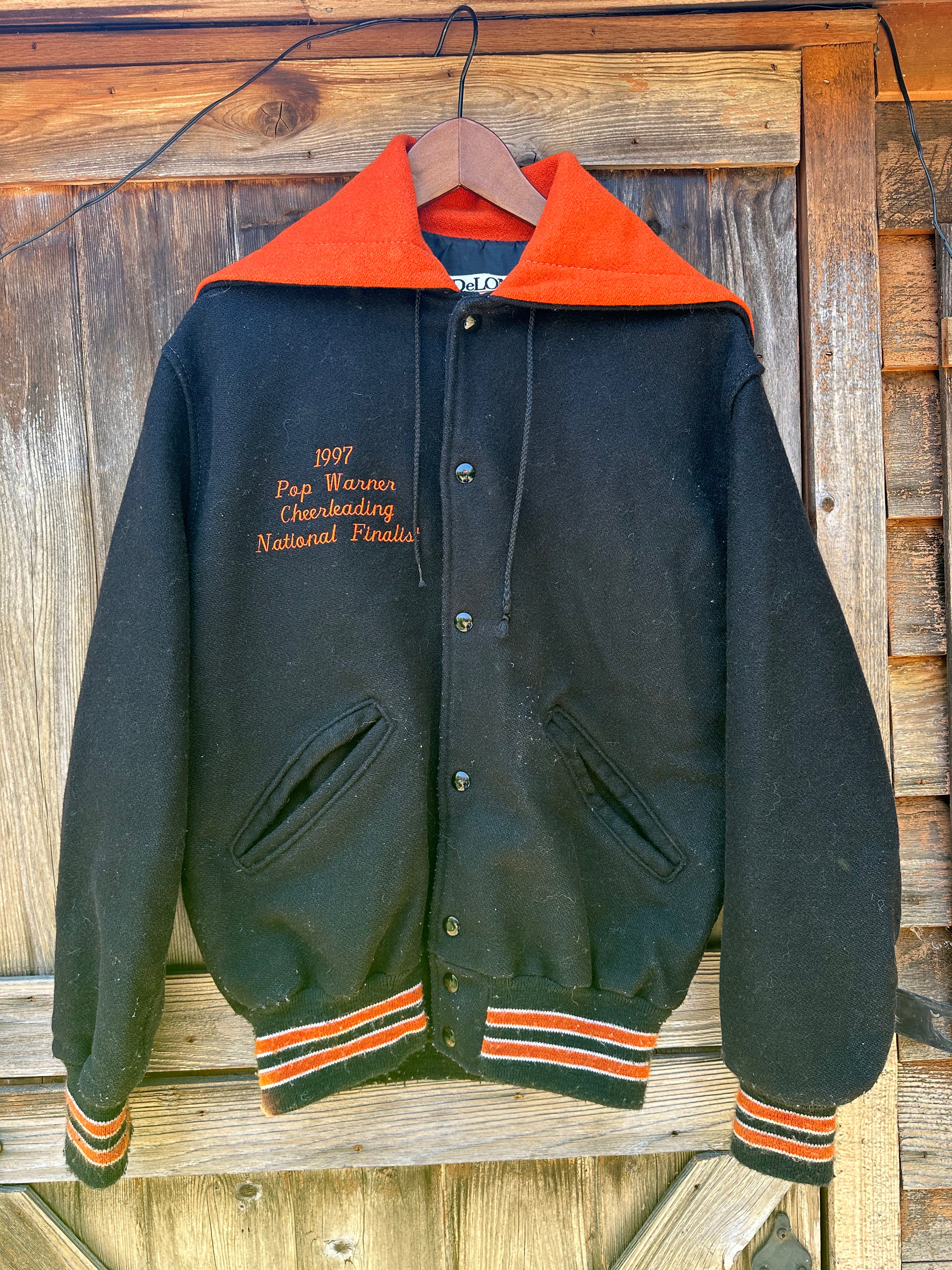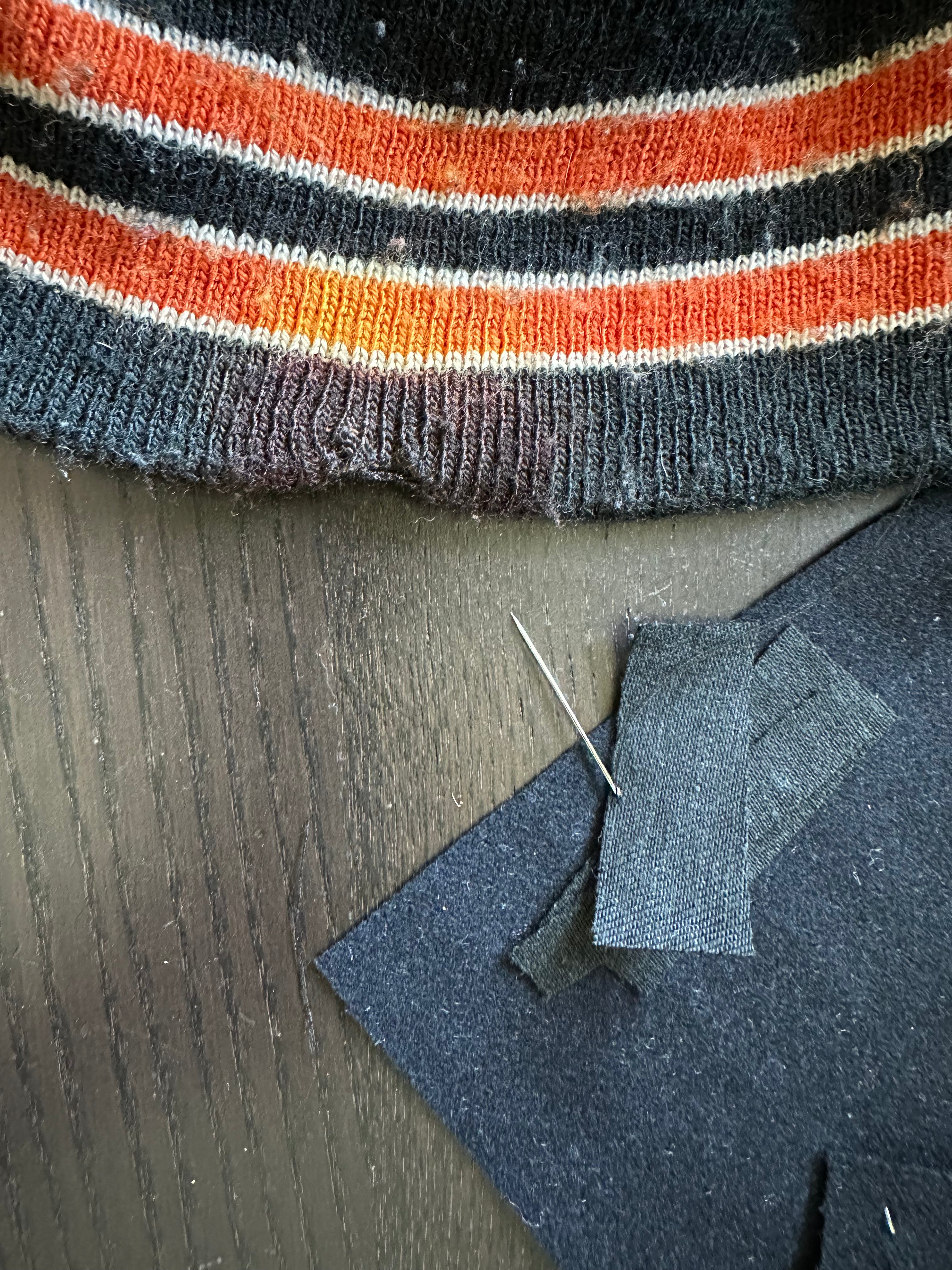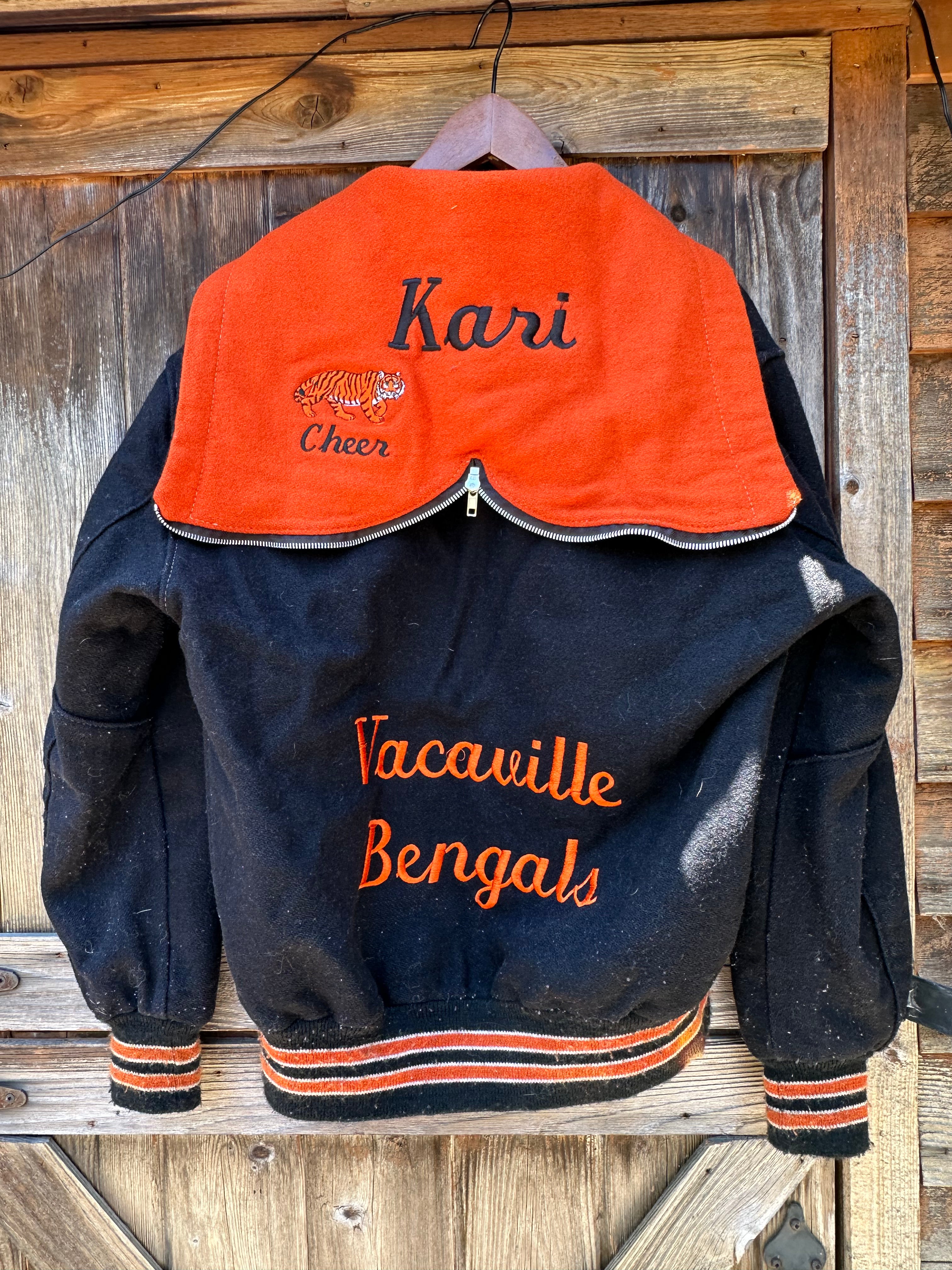
The Coverall.
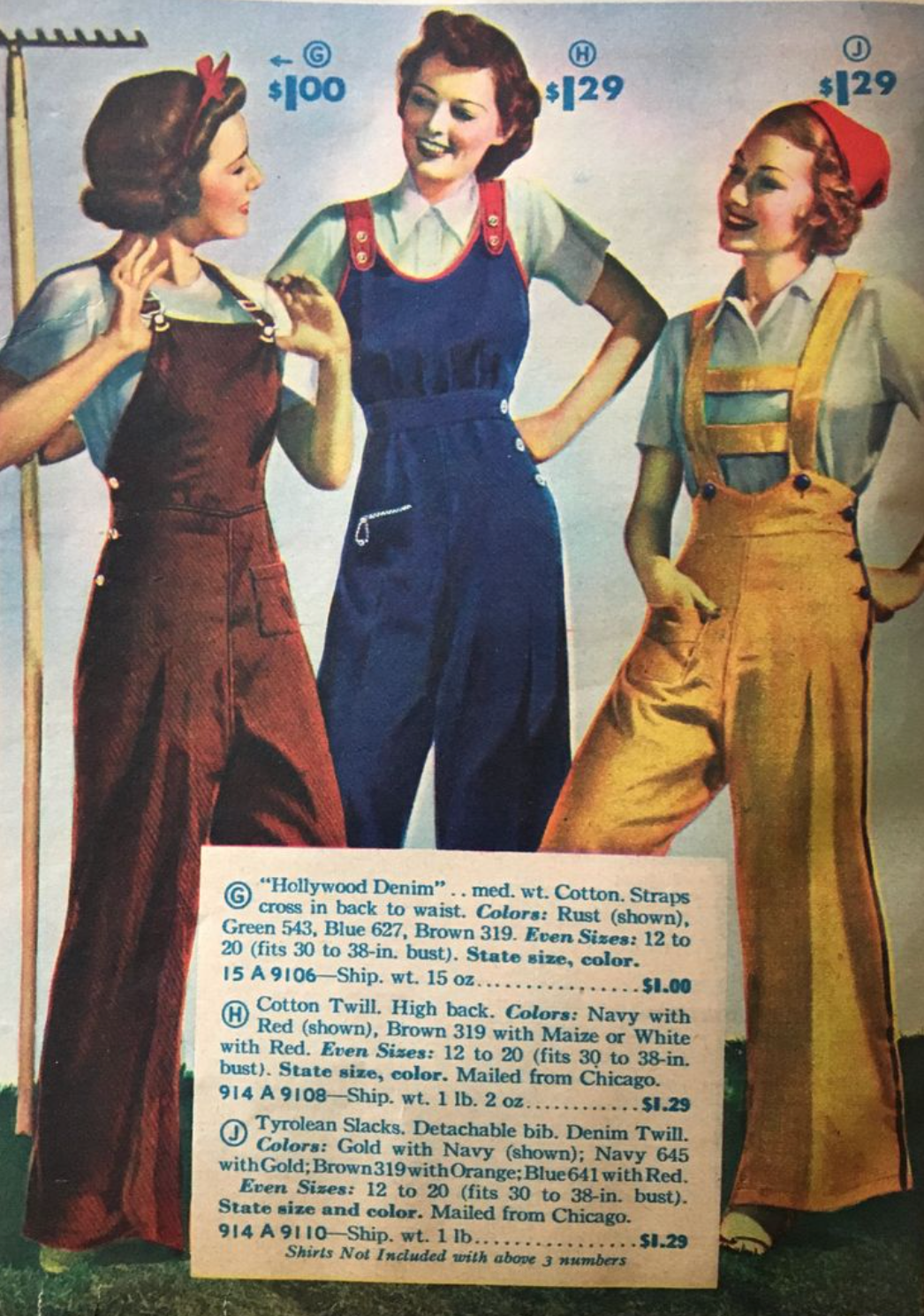
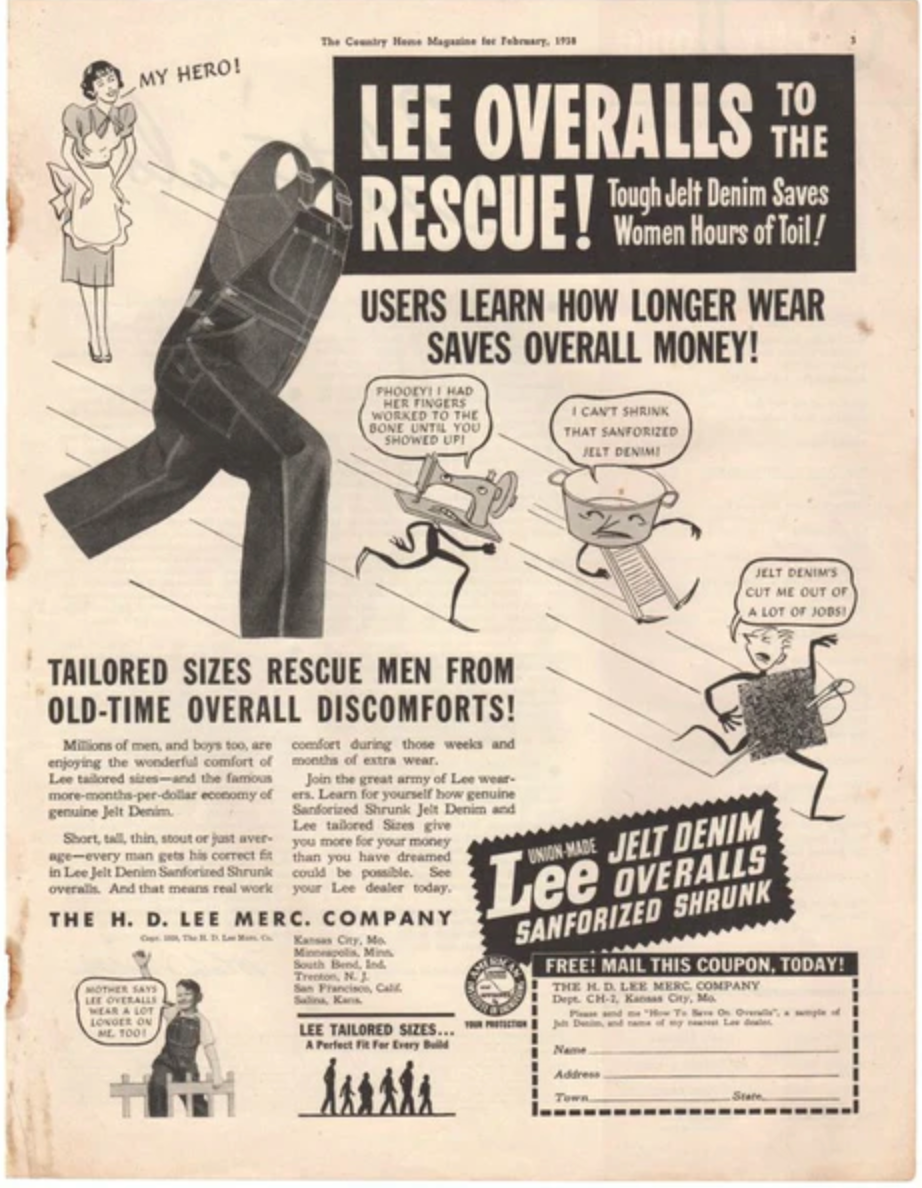
THE COVERALL. IN HISTORY.
The coverall wasn’t made for women.It emerged from the Industrial Revolution as a man’s uniform. Built for protection on factory floors, railways, and in machine shops. With loops for tools, deep pockets, and full-body coverage, it served one purpose: utility in dirty, dangerous work. When World War I and World War II pulled men away, women stepped into those jobs and their clothes. With few garments made for working women, they adapted what was available. They wore men’s overalls, rolled the sleeves, and reshaped the fit out of necessity. It wasn’t about style. It was about function, freedom, and getting the job done. Many stories in this vein lead to women’s rights - including something as simple as having pockets (where else would you put your ‘revolutionary material’, amiright?!) What is most intriguing to me, however, is that this quiet rebellion, however small, became a catalyst for change. When we feel this way, connected to a community, it defines a nation and then defines that era.
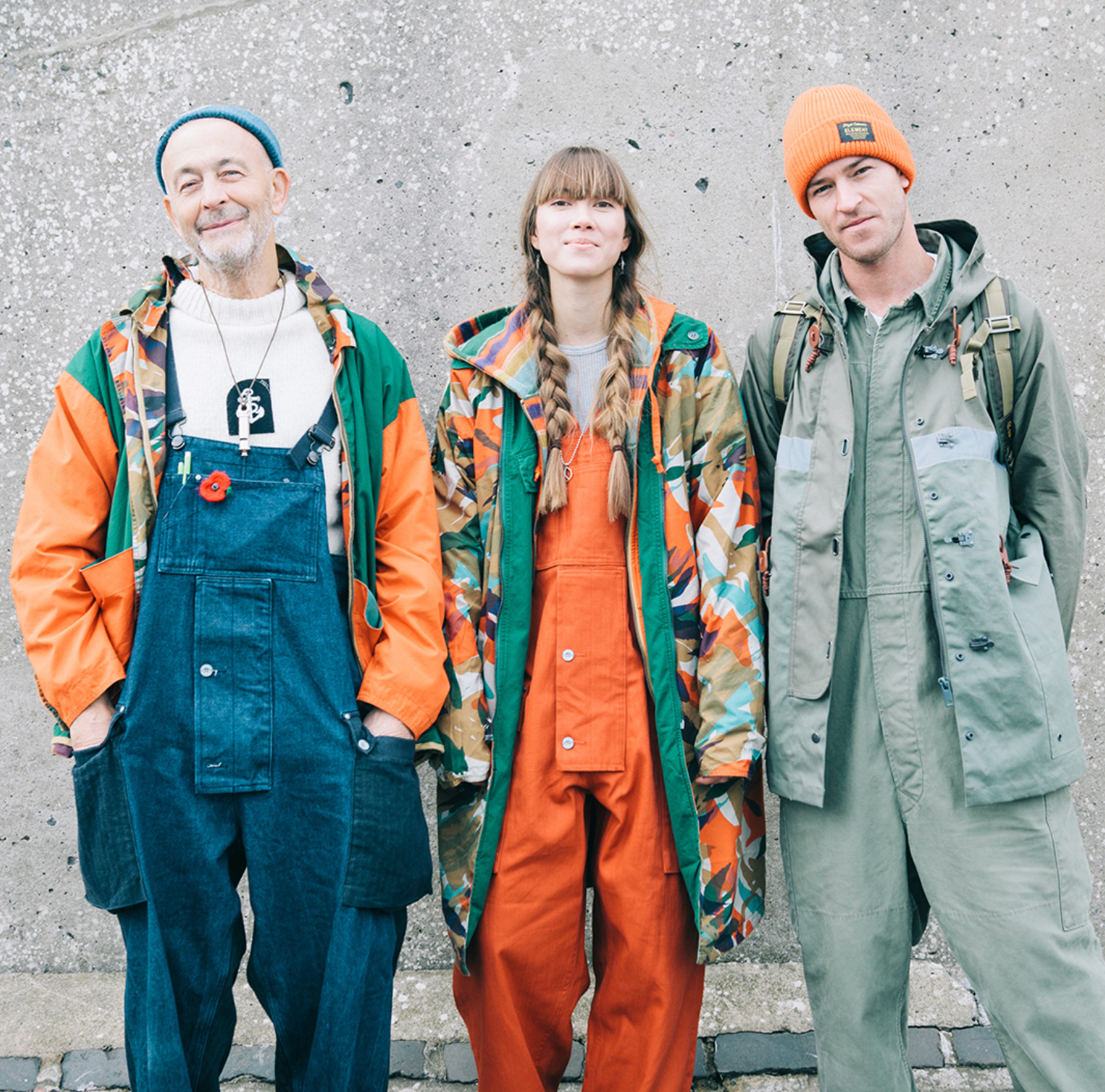
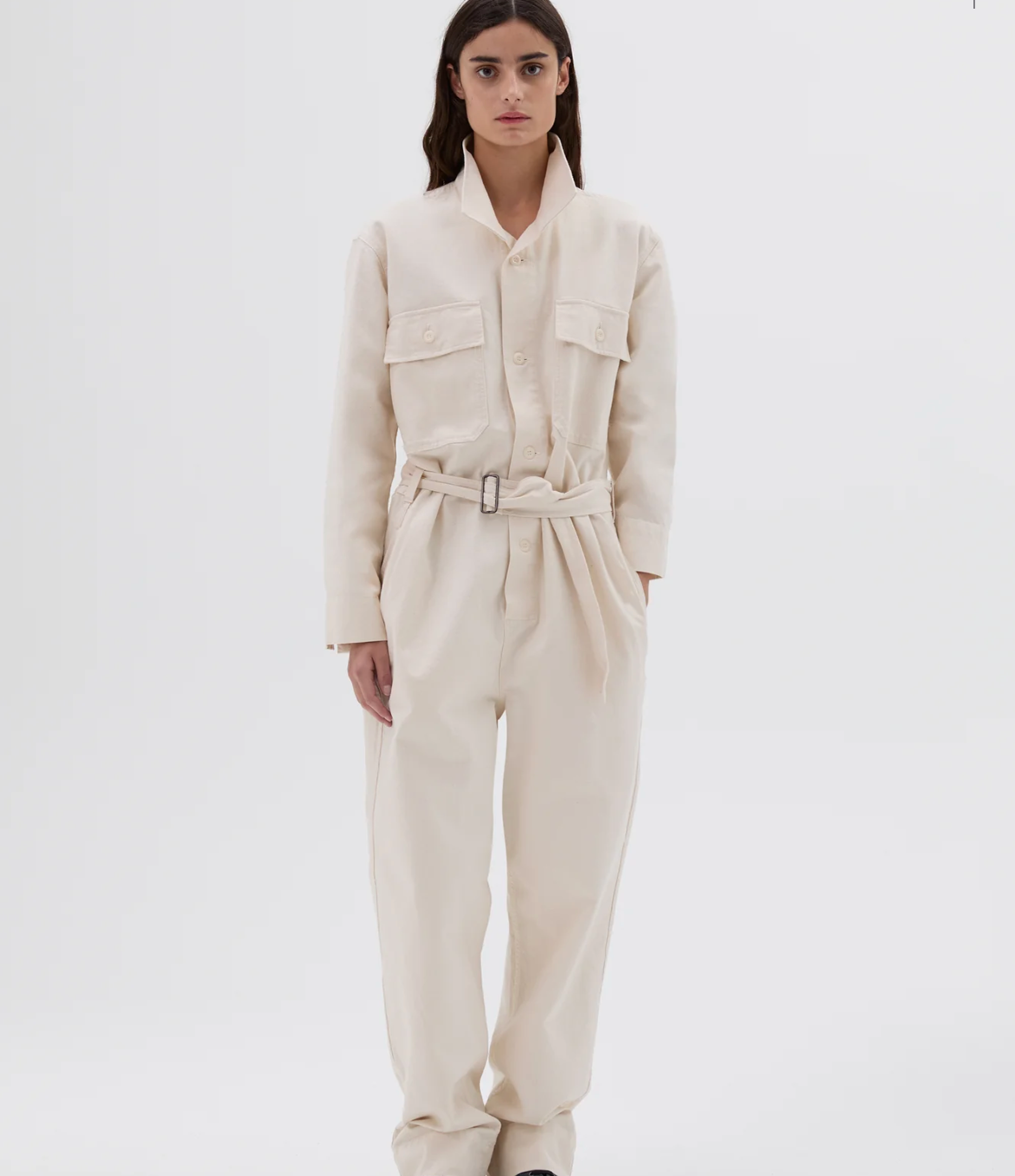
THE COVERALL. IN CULTURE.
As the world changed, so did the meaning of the coverall (overall, jumpsuit, boiler suit). What began as protection became protest. Coveralls moved from the factory to feminist marches, to studios, to stages. With each shift, they challenged the male gaze by refusing to be defined by the body.
Today, the coverall is still coveted by loyalists, and outfitted in new ways. I may be biased when it comes to this garment, mostly because I dislike the variations that are tight to the body (let’s be honest only one kind of body at that) and with it all form, no function. The designers in the more authentic spaces win my heart: Margaret Howell, Imogene + Willie, and Nigel Cabourn... Still full of pockets. Still made for movement, utility, and defiance.
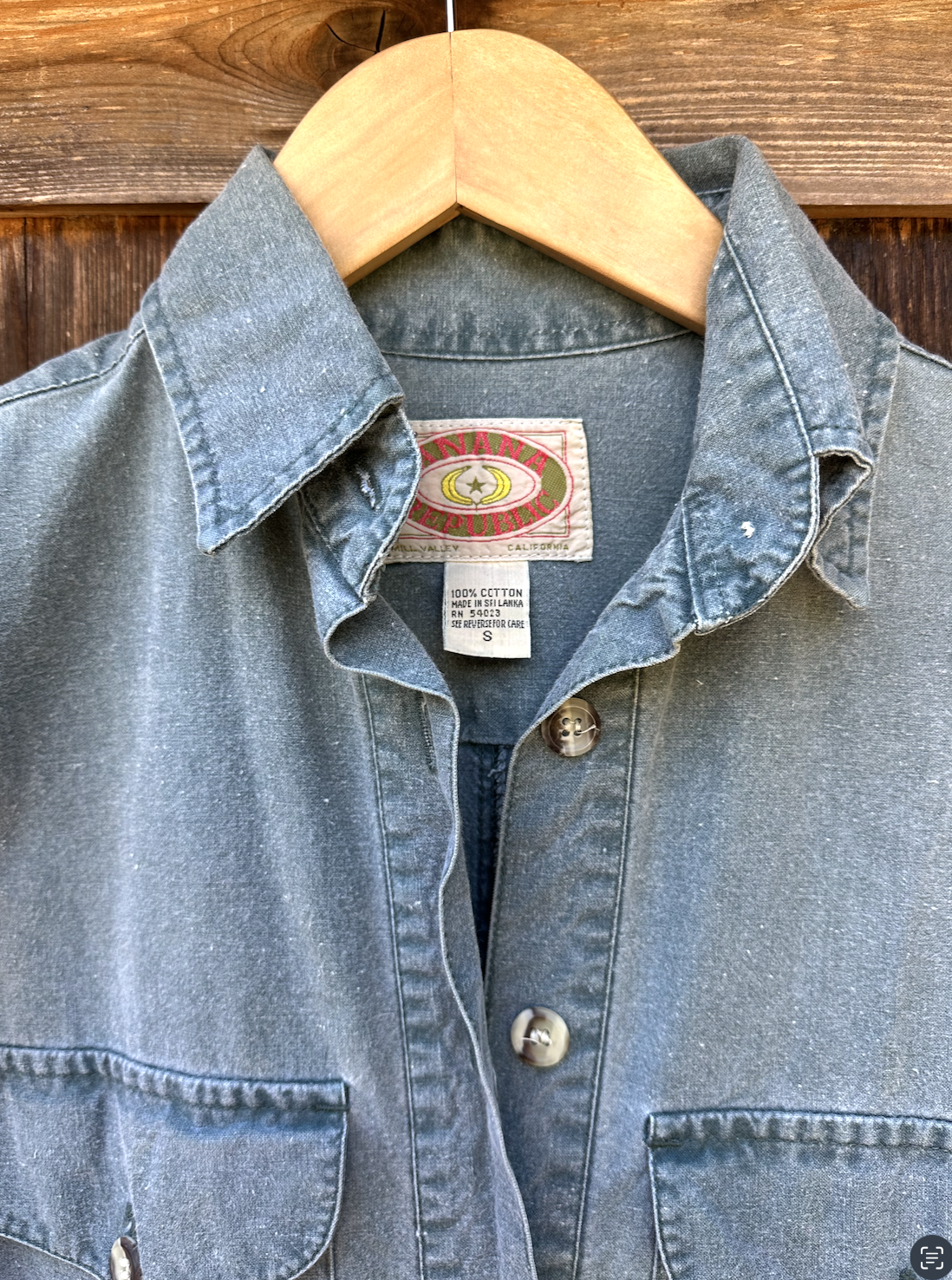
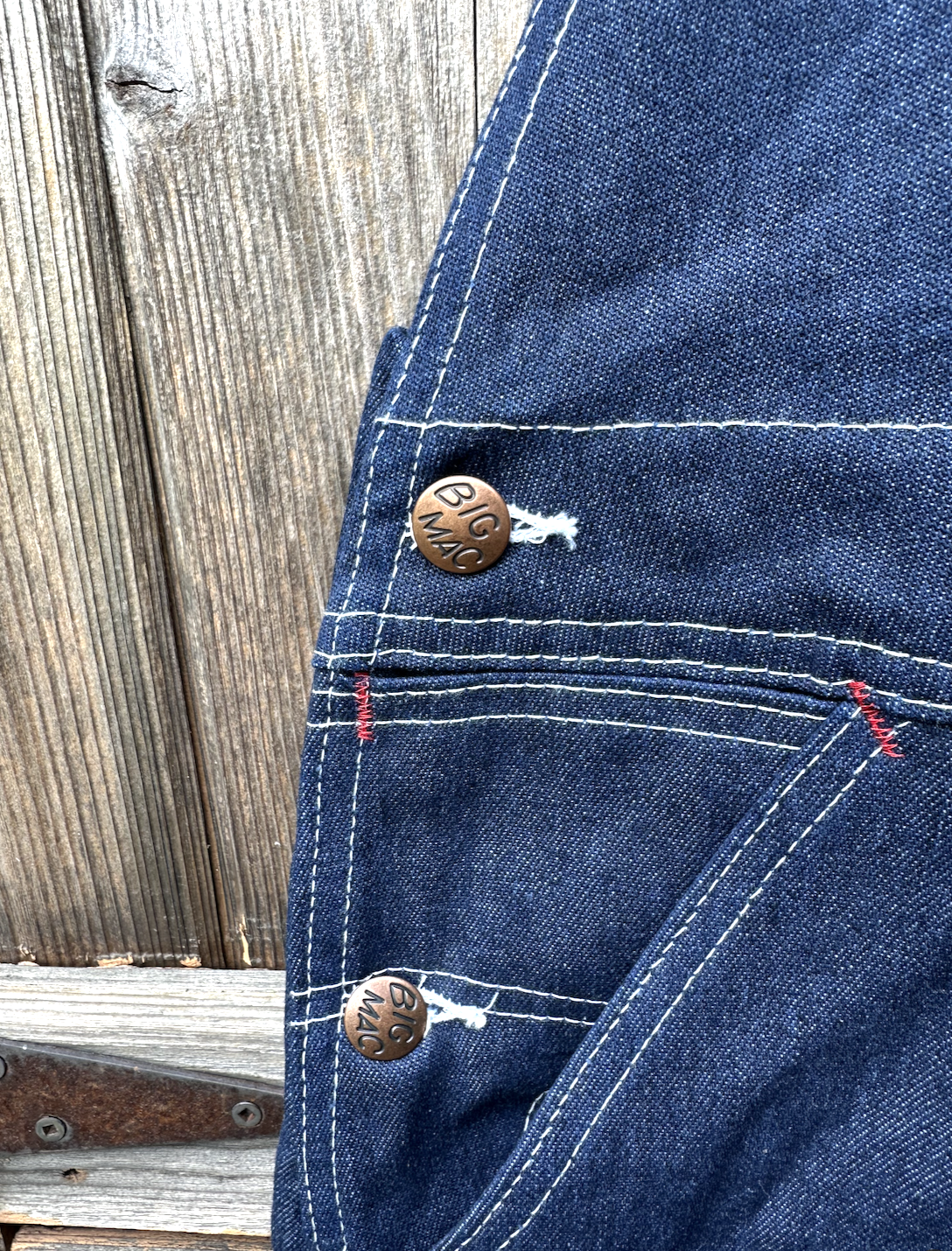
Vol. 4 The Coverall.
View More Products from Other Collections




